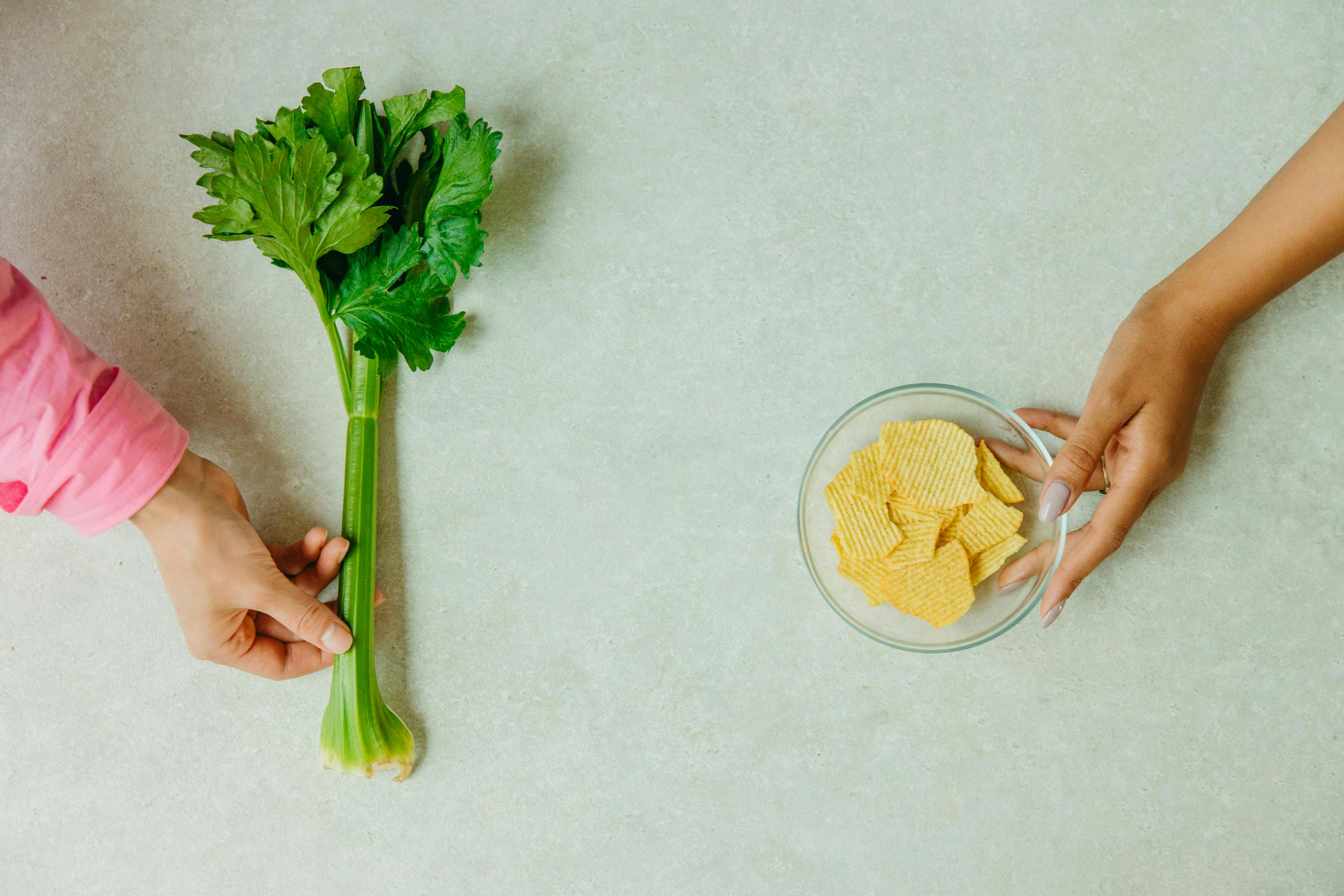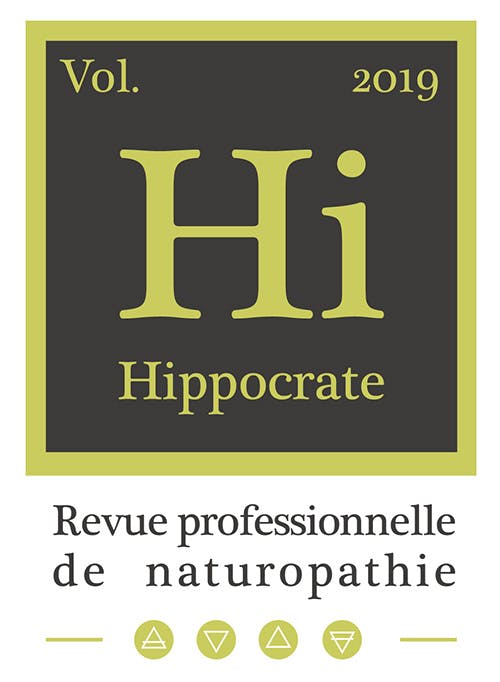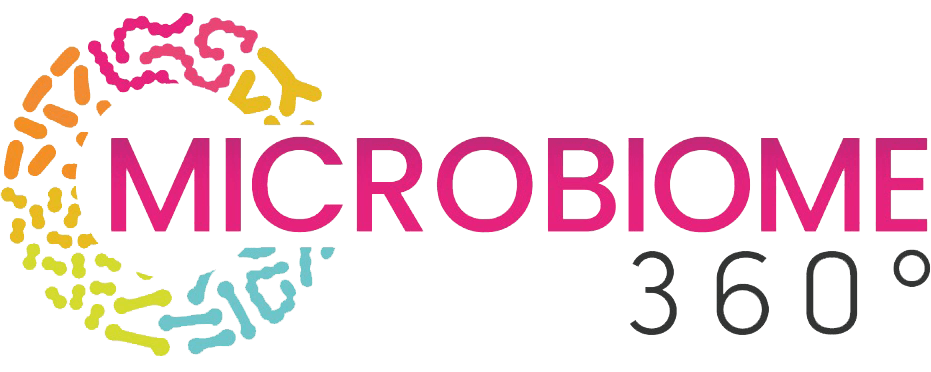Nutritional Balance
This course explores the major food groups and their balance, comparing various classic dietary guides with alternative approaches, such as those of Dr. Willett or Barry Sears. It also addresses certain foods with therapeutic properties, enriched with the perspectives of the College's instructors.
The course aims to:
- Understand, analyze, and evaluate multiple diets and nutritional trends in light of previously acquired knowledge.
- Identify foods with therapeutic benefits through the study of different food categories.
- Develop a personalized nutritional approach, taking into account naturopathic principles, in preparation for the clinical case study course.

Included teaching methods:
- E-Learning: an interactive, motivating and effective learning method.
- Printable course booklets
- Online exams
- Access to the student center
- Videos and virtual library.
Course Content Description
Student Guide
- Presentation
- Objectives
Chapter 1
Food Families and Some Food Guides
- Classification and Composition
Meat, Fish and Eggs
- Beef
- Veal
- Turkey
- Chicken
- Rabbit
- Pork
Fish and Shellfish
- Crab
- Shrimp
- Squid, Cuttlefish
- Herring
- Cod
- Mackerel
- Sole
- Salmon
- Mussels
- Eggs
Carbohydrates (Grains and Legumes)
- Bread and Other Flour Products
- Other Grains
- Oats
- Wheat
- Millet
- Corn
- Barley
- Quinoa
- Brown Rice
- Spelt
- Dried Beans (Legumes)
Lipids (Oils and Fats)
- Butter
- Oils and Margarines
- Fruit and Vegetables (sources of water, fibre, vitamins and minerals)
- Dark Green and Sea Vegetables (seaweed)
Milk and Cheese
Cooking Vegetables and Keeping Their Nutritional Value
Drinks
- Water
- Breast Milk
- Coffee and Tea
- Herbal Teas
- Wine
- Beer
Food Guides
- Canada’s Food Guide (2007)
- The American Food Guide
- The American Pyramid (MyPyramid)
- The French Food Guide
- Nutritional Guidelines from the Objectives of the National Nutritional Health Program (PNNS)
- Willett’s Pyramid
- Willett’s Pyramid
- The Barry Sears Diet
- The Anti-Aging or Vitality Food Guide
Natural and Organic Foods
- Raw Organic Food and Their Energetic Vitality
Revision
- Activity 1
Chapter 2
The Therapeutic Value of Food
A List of Super Foods or Functional Foods by their Characteristics and Therapeutic Value
- Soy
- Cruciferous Vegetables
- Garlic
- Flax Seeds
- Fatty Fish
- Oat Bran
- Legumes
- Blueberries
- Nuts
- Tomatoes
The Dietary Value of Other Foods
- Food Yeast (used in beer)
- Wheat Germ
- Grapes
- Onions
- Seafood
- Seaweed
- Milk (raw)
- Yogurt (lactic bacteria)
- Cranberries
- Olive Oil
- Mushrooms
- Carrots
- Carotenoids
- Grains (barley, corn, oats)
- Ginger
- Honey
- Apples
- Grapefruit
- Lemons
- Oranges
- Peaches
- Pineapple Juice (and the pineapple itself)
- Celery
- Lettuce
- Cauliflower
- Beets
- Spinach
- Since Potatoes
- Green Tea
Index of the Therapeutic Value of Food
Revision
- Activity 2
Chapter 3
Main Nutritional Trends
- Introduction
Hypersensitivities: Beyond Food Additives
- An Increasingly Complex Situation
- Food Additives
- The Dose Makes the Poison
- Salicylates
- Phosphates
- Amines
- Sulfites
- A Personalized Response
Vegetarianism and Veganism
- The Basic Principle
- Disadvantages and Risks
Raw Foodism and Living Foods
- The Main Principles
- Mechanisms of Action
- Advantages
- Disadvantages
The Kousmine Diet
- Principles
- Kousmine’s Budwig Cream
Macrobiotics
- Classifying Foods According to TCM
- Yang foods
- Yin foods
- The Standard Macrobiotic Diet
- Advantages
- Disadvantages
- Shelton’s Principles of Food Combining
- Advantages
- Disadvantages
The Mediterranean (Cretan) Diet
- Advantages
- Disadvantages
- The Paleolithic Diet and Dr. Seignalet
- Permitted Foods
- Foods to Eliminate
- Advantages
- Disadvantages
The Zone Diet By Barry Sears
- Advantages
- Disadvantages
Diet According to Blood Type (Dr. D’Adamo)
- Advantages
- Disadvantages
- High-protein Diets
- Principle
- How Does It Work?
- What Foods Should Be Eaten?
- Precautions
- Advantages
- Disadvantages
Dr. Weil’s Anti-Inflammatory Diet
- The Principles of Dr. Weil’s Anti-Inflammatory Diet
- Advantages of Dr. Weil’s Anti-Inflammatory Diet
- Drawbacks of Dr. Weil’s Anti-Inflammatory Diet
The Fit for Life Diet
- Benefits of Fit for Life
- Disadvantages of Fit for Life
- The Minçavi Diet
- Benefits of Minçavi
- Disadvantages of Minçavi
The Montignac Diet
- Benefits of the Montignac Diet
- Disadvantages of the Montignac Diet
The Okinawa Diet
- Benefits of the Okinawa Diet
- Disadvantages of the Okinawa Diet
The Pritikin Diet
- Benefits of the Pritikin Diet
- Disadvantages of the Pritikin Diet
The Shapiro Diet
- Benefits of the Shapiro Diet
- Disadvantages of the Shapiro Diet
The Weight Watchers Diet
- Benefits of the Weight Watchers Diet
- Disadvantages of the Weight Watchers Diet
The Dukan Diet
- Benefits of the Dukan Diet
- Disadvantages of the Dukan Diet
Fasting and Monodiets
- Fasting
- Complete Fasting
- Modified Fasting
- Total Cure
- Monodiets and Juice Cures
- A Healthy Diet
Revision
- Activity 3
Chapter 4
Living Food
- Living Food, Vibrant Food
Humanity’s Great Challenge: Co-existing With Our Food
- History: Sprouted Foods are not a New Trend
- Cultivating Gratitude
Eating Living Food Means Eating Vibrant Food
- A Modern Paradox: Deficiency Despite Abundance
Enzymes: Clever Ferments
- Ancestral Energy: A Valuable, but Limited, Inheritance
Vitality and Longevity
- A Precious Inheritance
- An Example from Nature
- Bigger, but not Smarter
- Cooking that Kills
- Eating Healthfully is not as Hard as You May Think
Sprouts and Young Shoots
Sprouting
- Young Shoots
- Photosynthesis: An Essential Interdependence
- True Benefits
- Mechanisms of Action: Simplification and Stimulation
- Simplified Nutrients
- Preparing Sprouts Yourself
- The Steps Involved in Sprouting
- Sprouting Time
- Young Shoots Sprouting in Soil
- The Benefits of Young Shoots
- Growing in Earththe Steps
- Steps for Growing in Soil
- When to Harvest
- What Should you Sprout and Why?
Other Categories of Living Foods
- Oleaginous Fruits (nuts and seeds)
- Fermentation: A Winning Way to Prepare Food
- Other Fermentation Products You Can Try
Internal Acidity: An Environment You Should Avoid!
Blood pH
- Acid and Acidifying; Alkaline and Alkalinizing
- Is your Body Acid or Alkaline?
- Bibliography, Mediagraphy
Revision
- Activity 4
Chapter 5
Therapeutic Focus
- A Word From the Instructors
- Introduction
- Basic Rules for Healthy Nutrition
The Global Approach and Holistic Medicine
The Importance of Eliminating Toxins
- Reminder About the Rules of Redirection
The Holistic Approach in Chinese Energy
The Holistic Approach in Homeopathy
Metabolic Typing
- Conclusion
Answers
- Activity 1
- Activity 2
- Activity 3
- Activity 4
Appendix
Appendix 1: Questionnaire on Metabolic Types
- Compiling the Results
- Carbo Type Diet
- Protein Type Diet
- Mixed Type Diet
Appendix 2: The Twelve Steps to Fine-tune Carbohydrates and Protein
Appendix 3 : Reading a Label
- List of Ingredients
- Nutritional Information Table
- Nutritional Information
- Percentage of Recommended Daily Intake
- Cholesterol-free Products
- Food-related Vocabulary
- There is Light, and there is Light
- Calories, Kilocalories and Kilojoules
- Table of Nutritional Claims
Bibliography
Exam
- Validation form course 542
Index
Activités Notées
- Index







































